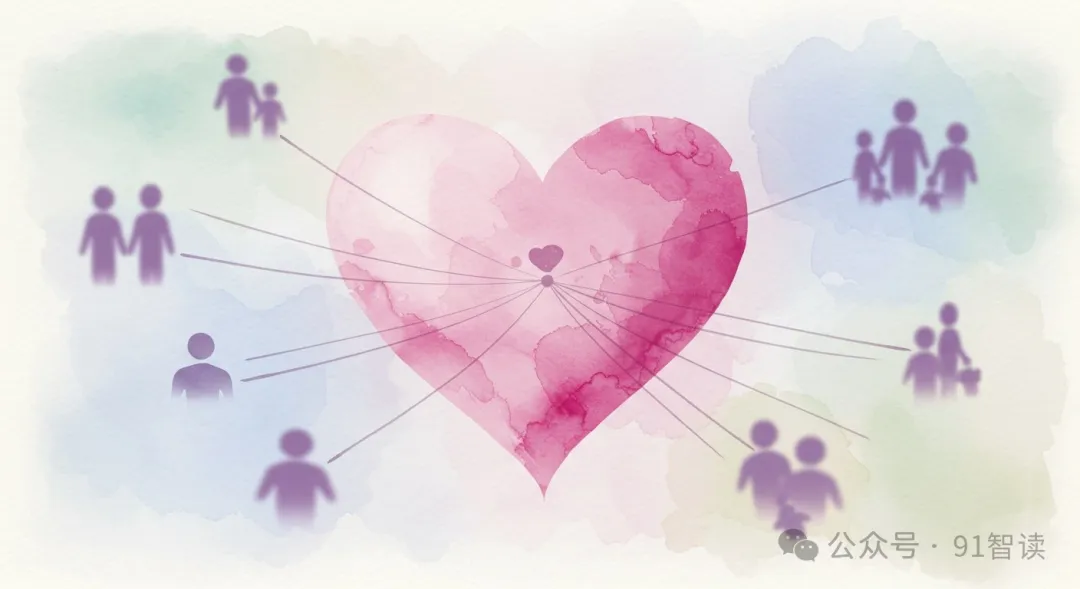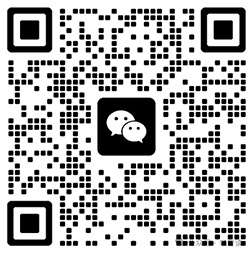The Misunderstood Emotional Intelligence

I wonder if you share my tendency to label people with the following traits as having “low emotional intelligence”:
- Difficulty understanding others’ situations and feelings;
- Lack of ability to put oneself in another’s position;
- Excessive intrusion into others’ privacy;
- Making jokes in serious situations, expressing negativity in joyful atmospheres, completely lacking social awareness.
Recently, while pondering the differentiating competitive advantages humans need in the era of AI, the familiar term “emotional intelligence” frequently surfaced.
The Grok AI model’s response was: “AI still has limitations in understanding and processing human emotions, while emotional intelligence gives humans advantages in social interactions, team collaboration, and leadership.”
Did you notice the specific term “emotional intelligence” in that sentence? I was quite surprised when I first encountered this term, and only understood after researching further.
“EQ” (Emotional Quotient) isn’t a native term, but an imported one. In 1990, American psychologists Peter Salovey and John Mayer first proposed the concept of “Emotional Intelligence.”
In 1995, Daniel Goleman published the book “Emotional Intelligence,” spreading this concept globally and drawing significant attention.
Between 1995 and 1996, this concept was introduced to China. Given that the term “IQ” (Intelligence Quotient) already existed, for easier understanding, “Emotional Intelligence” was translated as “情商” (EQ), corresponding to “智商” (IQ)—concise and understandable.
However, examining the original English term reveals that this translation method loses many details:
Emotional:
- Related to feelings and emotions;
- Having qualities that stir emotions and influence others;
- Describing someone who is easily moved emotionally (especially to tears) and expresses feelings openly;
- Referring to someone who tends to be emotional rather than rational.
Intelligence:
- Manifestation of intellect and talent;
- The realm of cognitive ability;
- Information and espionage domains;
- The concept of intelligence agencies.
A direct translation would be “emotional ability” or “emotional competence.” Although this translation also omits information, it covers more than simply translating it as “EQ.”
It’s precisely this concise and culturally adapted translation that makes people think they fully understand the term just by seeing it. However, in reality, many people, including myself, have incomplete or biased understandings of emotional intelligence.
Today I’m mainly introducing the extended scope of emotional intelligence. In future posts, I’ll use AI to help analyze foreign original works to comprehensively clarify the connotations of “Emotional Intelligence.”
Seven Perspectives of Emotional Intelligence

Self-awareness: Clearly perceiving one’s emotional states, accurately identifying one’s personality traits, objectively recognizing one’s strengths and weaknesses, and deeply understanding one’s behavioral motivations.
Emotion Management: Keenly identifying and effectively transforming negative emotions, flexibly adjusting psychological states, calmly dealing with pressure, and maintaining emotional stability.
Interpersonal Perception: Accurately interpreting others’ emotional changes, sensitively grasping the atmosphere in social situations, carefully detecting non-verbal cues, and appropriately controlling the rhythm of interpersonal interactions.
Empathetic Communication: Considering others’ perspectives, understanding their feelings, providing timely and appropriate responses, and expressing appropriate levels of care.
Social Skills: Being adept at establishing and maintaining relationships, effectively resolving conflicts, possessing good team collaboration spirit, and following appropriate social etiquette.
Self-motivation: Maintaining a positive and optimistic attitude, being driven by clear goals, possessing strong resilience to setbacks, and continuously learning and growing.
Adaptability: Having excellent environmental adaptation abilities, role transition capabilities, and change management skills; being able to flexibly adjust oneself to accommodate uncertainty.

With these seven perspectives, we can not only more clearly assess levels of emotional intelligence but also find clear directions for self-improvement.
In today’s rapidly developing AI era, technology can replace many skills, but emotional intelligence remains humanity’s unique competitive advantage—it determines our performance in team collaboration, technical management, and interpersonal communication.
In the future, what will rise above AI, drive teams, and lead change will be our “emotional intelligence.”
👇Scan the QR code with WeChat to follow “91WiseRead” for daily updates and growth together.

👇Welcome to add me as a WeChat friend to discuss growth stories together.



